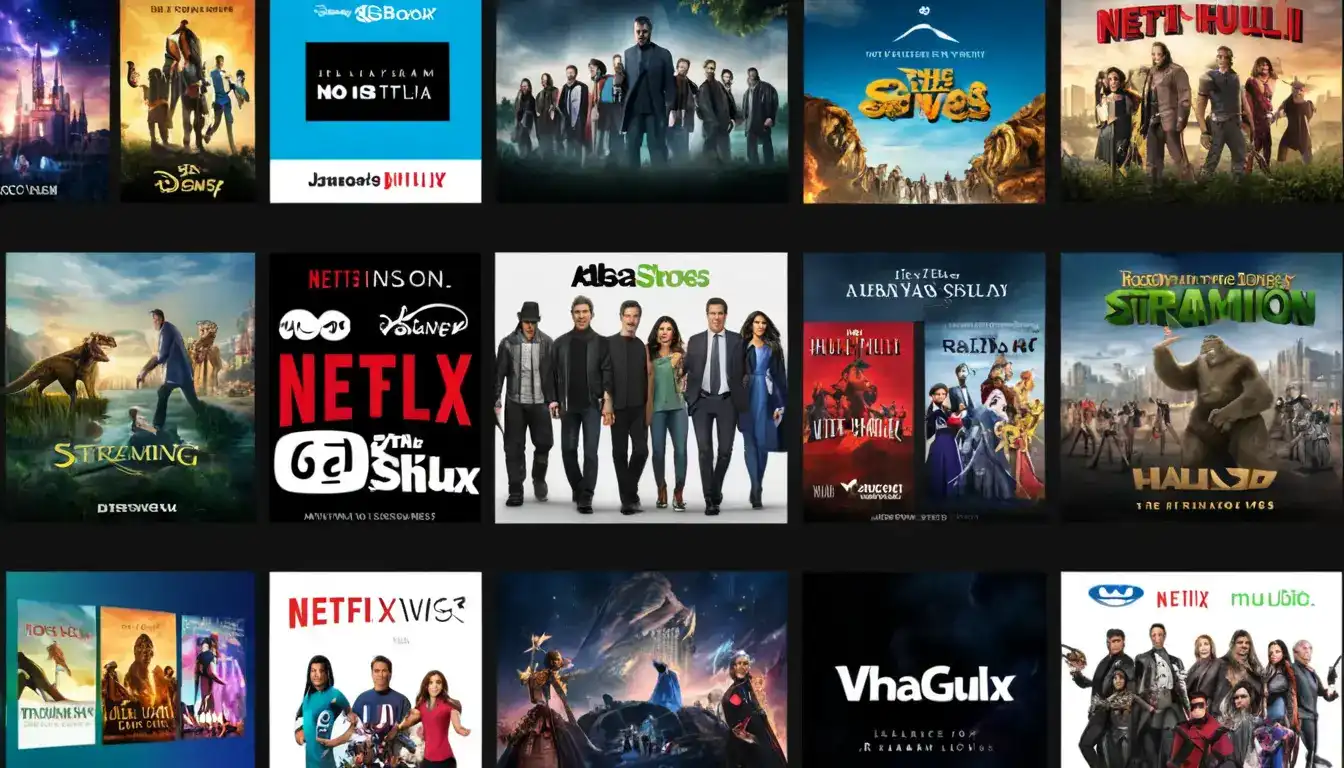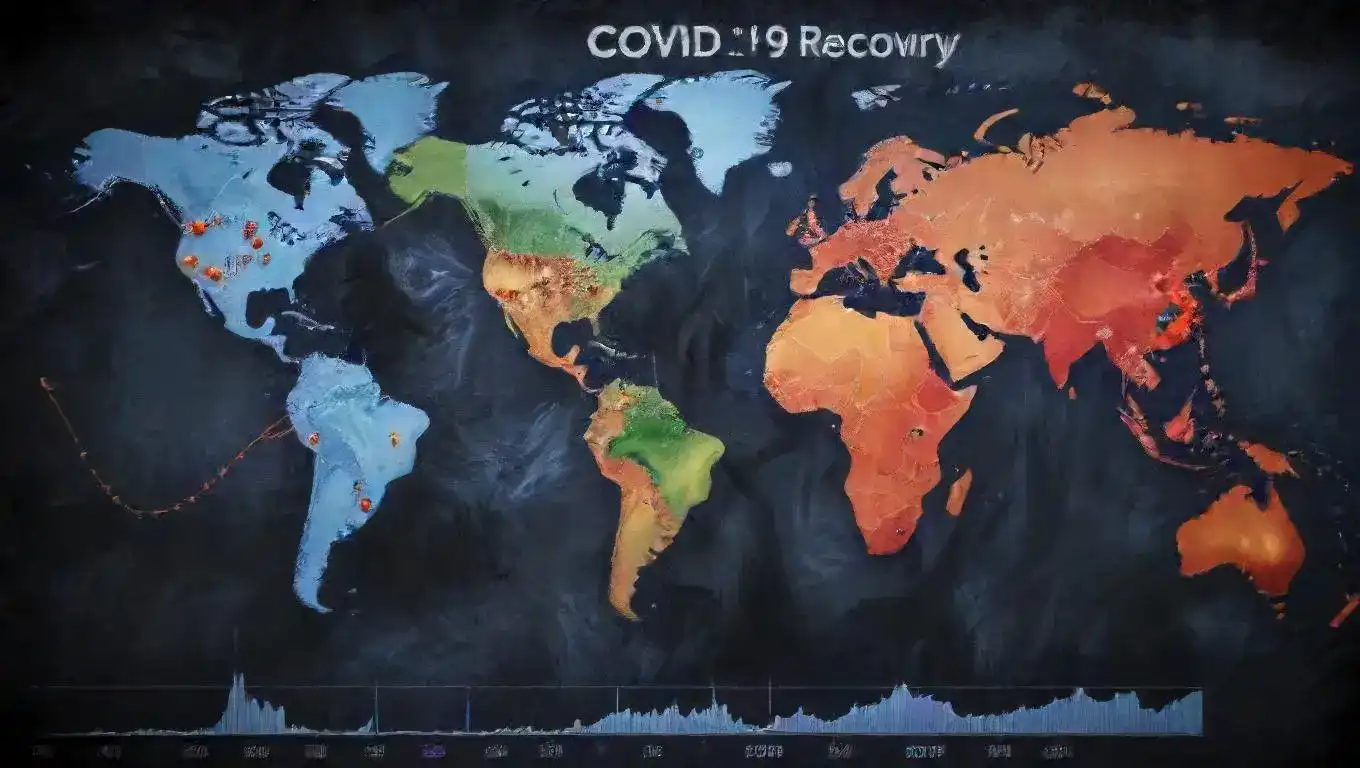Price Elasticity: Changes Affect Demand
Emily Willis

Photo: Price Elasticity: Changes Affect Demand
Price Elasticity: How Price Changes Affect Demand and Your Decisions
In the dynamic world of business and everyday spending, prices are constantly shifting. From the cost of your morning coffee to the latest smartphone, these fluctuations can significantly impact how much we buy. But have you ever wondered why some products see a dramatic drop in sales when their price goes up, while others seem largely unaffected? The answer lies in a powerful economic concept known as price elasticity of demand.
Understanding price elasticity is not just for economists or business strategists; it's a fundamental insight that can empower consumers to make smarter purchasing choices and help businesses thrive in competitive markets. This article will demystify price elasticity, explore its various forms, delve into the factors that shape it, and provide actionable insights for both businesses and everyday shoppers.
What is Price Elasticity of Demand?
At its core, price elasticity of demand (PED) measures how sensitive the quantity demanded of a product or service is to a change in its price. Simply put, it tells us how much consumer demand "stretches" or "shrinks" when prices fluctuate.
Imagine a rubber band. If you pull it gently and it stretches a lot, it's elastic. If you pull it hard and it barely moves, it's inelastic. Price elasticity works similarly. If a small price change leads to a large change in demand, the demand is considered elastic. Conversely, if a substantial price change results in only a minor shift in demand, the demand is deemed inelastic.
This relationship is crucial because it directly impacts total revenue for businesses. If a product has elastic demand, lowering its price can boost total revenue because the increase in quantity demanded outweighs the price drop. On the other hand, for products with inelastic demand, raising prices can actually increase total revenue, as the decrease in quantity demanded is proportionally smaller than the price hike.
The Price Elasticity Formula
While the concept is straightforward, there's a specific formula economists use to calculate price elasticity of demand:
Price Elasticity of Demand (PED) = (% Change in Quantity Demanded) / (% Change in Price)
The result of this calculation is typically a negative number, reflecting the inverse relationship between price and quantity demanded (as price goes up, demand generally goes down, and vice versa). However, for simplicity and comparison, the absolute value is often used.
- If the absolute value of PED is greater than 1, demand is elastic. This means quantity demanded changes more than proportionally to the price change.
- If the absolute value of PED is less than 1, demand is inelastic. This means quantity demanded changes less than proportionally to the price change.
- If the absolute value of PED is exactly 1, demand is unitary elastic. This indicates that the percentage change in quantity demanded is equal to the percentage change in price.
Types of Price Elasticity: Elastic vs. Inelastic Demand
Understanding the nuances between elastic and inelastic demand is key to grasping how price changes affect demand in real-world scenarios.
Elastic Demand: Highly Responsive Consumers
When demand is elastic, consumers are highly sensitive to price changes. Even a small increase in price can lead to a significant drop in the quantity demanded, and a slight decrease in price can trigger a substantial increase in demand.
Characteristics of Elastic Demand:
- Many Substitutes: If there are numerous alternative products available, consumers can easily switch if the price of one item rises.
- Luxury or Non-Essential Goods: Items that are not considered necessities often have elastic demand, as consumers can postpone or forgo their purchase if prices are too high.
- Large Proportion of Income: Products that represent a significant chunk of a consumer's budget tend to have more elastic demand.
Examples of Elastic Demand:
- Brand Name Soda & Snacks: If the price of one brand of soda goes up, consumers can easily switch to a less expensive alternative.
- Luxury Cars/High-End Designer Handbags: These are discretionary purchases. If prices increase, consumers may delay buying or opt for a more affordable luxury item.
- Specific Fast Food Items: If a particular burger or sandwich becomes too expensive, customers can choose another item on the menu or a different restaurant entirely.
For businesses selling products with elastic demand, strategic pricing is paramount. Discounts and promotions can be very effective in boosting sales and revenue.
Inelastic Demand: Less Responsive Consumers
In contrast, when demand is inelastic, consumers are relatively unresponsive to price changes. Even a significant price increase may only lead to a small decrease in the quantity demanded.
Characteristics of Inelastic Demand:
- Few or No Substitutes: If there are limited or no viable alternatives, consumers have fewer options and are more likely to continue purchasing the product despite price increases.
- Necessities or Essential Goods: Products considered vital for daily life, like basic food items or life-saving medications, often exhibit inelastic demand.
- Small Proportion of Income: If a product accounts for a tiny fraction of a consumer's budget, a price change might not significantly impact their purchasing decision.
- Addictive Products/Brand Loyalty: Consumers may continue to buy addictive products (e.g., cigarettes) or strongly branded items regardless of price.
Examples of Inelastic Demand:
- Gasoline (overall): While local competition can make demand elastic at a single station, overall demand for gasoline tends to be inelastic because most drivers need it and have few immediate alternatives.
- Prescription Medications (e.g., Insulin): For individuals with chronic conditions, these are necessities, and demand remains stable even with price fluctuations.
- Tap Water: A fundamental necessity with no substitutes for household use.
Businesses with inelastic products have more flexibility with pricing, as demand is less likely to be significantly impacted by price adjustments.
Unitary Elasticity: The Balanced Response
Unitary elasticity occurs when the percentage change in quantity demanded is exactly equal to the percentage change in price. While theoretically possible, it's less common in real-world markets over extended periods.
Factors Influencing Price Elasticity
Several key factors determine whether a product's demand is elastic or inelastic. Understanding these can help both businesses and consumers predict how price changes might affect purchasing patterns.
- Availability of Substitutes: This is arguably the most significant factor. The more readily available substitutes there are for a product, the more elastic its demand will be. If consumers can easily switch to a similar product when the price of their preferred item rises, demand for that preferred item becomes highly sensitive to price.
- Necessity vs. Luxury: Necessity goods, such as basic food staples or essential utilities, tend to have inelastic demand because consumers need them regardless of price changes. Luxury items, being non-essential, typically have more elastic demand.
- Time Horizon: Price elasticity can change over time. In the short run, demand for a product might be inelastic because consumers don't have enough time to adjust their habits or find alternatives. However, over a longer period, they may discover substitutes or modify their behavior, making demand more elastic. For instance, if gasoline prices suddenly spike, people might not immediately stop driving, but over time, they might invest in more fuel-efficient cars or use public transport more often.
- Proportion of Income Spent: Products that constitute a large percentage of a consumer's income tend to have more elastic demand. Consumers are more sensitive to price changes for expensive items. Conversely, for inexpensive items that are a small part of their budget, price changes have less impact.
- Brand Loyalty: Strong brand loyalty can make demand more inelastic. Consumers who are highly committed to a particular brand may be willing to pay a premium, even if cheaper alternatives exist.
- Market Competition: In highly competitive markets with many similar products, demand for individual products tends to be more elastic. If one company raises its price, consumers can easily switch to a competitor.
How Businesses Leverage Price Elasticity for Success
For
Latest ✨
View AllRevolutionize your learning! Data analytics is the future of education, enabling personalized paths & unlocking individual potential.
Emily Willis
Cloud computing is essential for modern businesses, offering cost savings, scalability, and improved collaboration. Implementing cloud computing requires careful planning to ensure safety and efficiency. Tips for safe and efficient implementation include conducting a needs assessment, choosing the right cloud service model, prioritizing security, planning for data migration, optimizing costs, training your team, implementing backup and recovery solutions, monitoring performance, planning for scalability, and staying updated with industry trends.
Emily Willis
effective leadership in a constantly changing world and explores the traits and habits of inspiring leaders, both historical and contemporary. It highlights the key lessons from leaders such as Nelson Mandela, Martin Luther King Jr., Jacinda Ardern, Elon Musk, and Malala Yousafzai.
Emily Willis
Customer feedback is a goldmine for business growth. Learn how leveraging insights enhances products, builds loyalty, and keeps you competitive.
Emily Willis
Business
View All
June 9, 2025
Cloud Computing for Small BusinessUnlock growth & efficiency! Discover how cloud computing empowers small businesses with cost savings & agility in the digital age.
Emily Willis

June 9, 2025
Customer Retention Strategies That WorkUnlock lasting success! Learn proven customer retention strategies to build loyalty, reduce churn, and boost your business growth.
Emily Willis

June 8, 2025
Strategic Planning for Long-Term WinsChart your course to enduring success! This article demystifies strategic planning, offering an actionable framework for long-term wins and sustainable growth.
Emily Willis
Economy
View AllBoost your business profits! Discover actionable strategies to maximize revenue and efficiently manage costs for sustainable growth.
Read MoreUnpack the 17 Sustainable Development Goals (SDGs): a global blueprint addressing poverty, climate change, and inequality for a sustainable future.
Read MoreThe COVID-19 pandemic has had a significant impact on the global economy, leading to market turmoil, disrupted supply chains, and widespread business closures. As countries slowly recover, there are questions about the future of the global economy. While there are signs of recovery, challenges such as rising inflation, uneven global recovery, labor market disruptions, and supply chain bottlenecks remain. To ensure a sustainable recovery, policymakers must continue to support vulnerable sectors, invest in education and reskilling, strengthen healthcare systems, promote supply chain resilience, address inequalities, and prioritize sustainability.
Read MoreEntertainment
View All
August 4, 2024
The Latest Music Trends, Artists Influencing Pop Culture, and How Digital Platforms Facilitate the Distribution of Music GloballyThe music industry is constantly changing due to consumer preferences, technology, and the influence of artists. Digital platforms have revolutionized music creation, distribution, and consumption, leading to genre fusion, the rise of independent artists, and collaborative projects. Influential artists like Billie Eilish, BTS, and Taylor Swift have shaped pop culture globally. Streaming services, social media, and direct-to-fan engagement have transformed music distribution. Digital platforms also promote cultural diversity and inclusivity, expand markets and revenue, and drive technological advancements. The industry is also focusing on sustainability and ethical practices. To succeed in the future, stakeholders must embrace digital transformation and champion inclusivity.
Emily Willis

August 4, 2024
The Evolution of Streaming Services Such as Netflix, Disney+, Hulu, and the Implications for the Traditional Entertainment IndustryThe rise of streaming services has revolutionized the entertainment industry, offering on-demand access to a vast library of content through internet-connected devices. Platforms like Netflix, Disney+, and Hulu have diversified their content libraries, reshaped consumer behavior, and challenged traditional distribution models. Technological advancements have enhanced streaming experiences, while economic and cultural implications have led to global market expansion and increased investment in original content production. The future of the streaming industry will be shaped by competition, convergence of media and technology, and the need for adaptation to changing consumer preferences. Embracing digital transformation and strategic partnerships will be crucial for stakeholders in navigating the evolving landscape of modern entertainment.
Emily Willis

August 5, 2024
Entertainment in Society: Social Impact, Cultural Influence, Economic ContributionsEntertainment is more than just a way to pass the time it has a significant impact on society, culture, and the economy. It promotes empathy, sparks conversations, and drives social change. It reflects and shapes cultural trends, while also preserving traditions. The entertainment industry generates jobs, contributes to economic growth, and drives technological innovation.
Emily Willis
Health
View Allsignificance of mental health awareness in today's fast-paced world. It discusses the importance of understanding mental health, breaking down stigma, and promoting positive mental health practices.
Emily Willis
Regular physical activity is crucial for maintaining long-term health and well-being. It has numerous benefits, including improving cardiovascular health, aiding in weight management, enhancing mental health, strengthening bones, boosting immune function, and promoting longevity.
Emily Willis
The healthcare landscape is being transformed by technological advancements, with telehealth and remote care providing convenient access to healthcare services. Artificial intelligence is revolutionizing diagnostics, personalized medicine, and drug discovery. Wearable technology is empowering patients to take control of their health.
Emily Willis
Trending 🔥
View All
1
2
3
4
6
7
8
9
10
Lifestyle



Sports
View AllAugust 5, 2024
Inclusive Playing Field: Creating a Welcoming and Accessible Sports Environment
Read MoreTechnology
View All
August 4, 2024
The Future of Artificial Intelligence: Opportunities and Challenges
opportunities and challenges presented by Artificial Intelligence (AI) in various sectors such as efficiency, customer experiences, healthcare, education, and economic growth. It highlights the need to address ethical considerations, job displacement, privacy issues, security risks, and regulatory challenges associated with AI.

August 5, 2024
Best AR Apps for Interior Design
Discover the top AR apps for interior design and transform your space with ease! From furniture placement to paint colors, these innovative tools will revolutionize the way you decorate, making your home design dreams a reality

August 5, 2024
Types of Cloud Computing Services Available
Cloud computing has become essential for modern businesses, offering services that streamline processes, reduce costs, and increase flexibility. Understanding the types of cloud computing services available, such as Infrastructure as a Service (IaaS), Platform as a Service (PaaS), and Software as a Service (SaaS), can help businesses make informed decisions.

August 5, 2024
Best AR Translation Apps Tested
Uncover the best AR translation apps on the market through our in-depth testing and reviews. From seamless voice conversations to real-world text translation, these apps will revolutionize the way you communicate across languages.

















